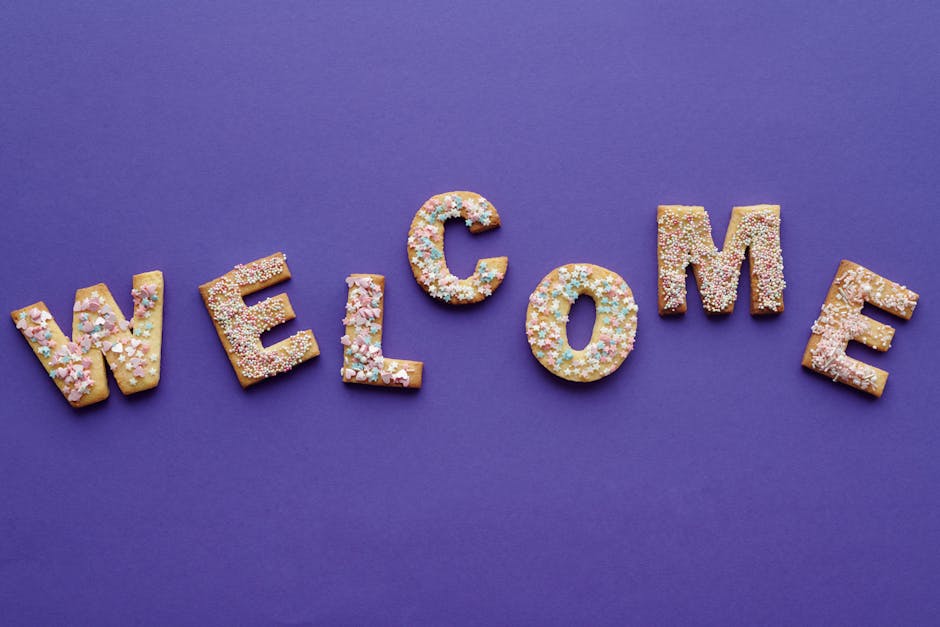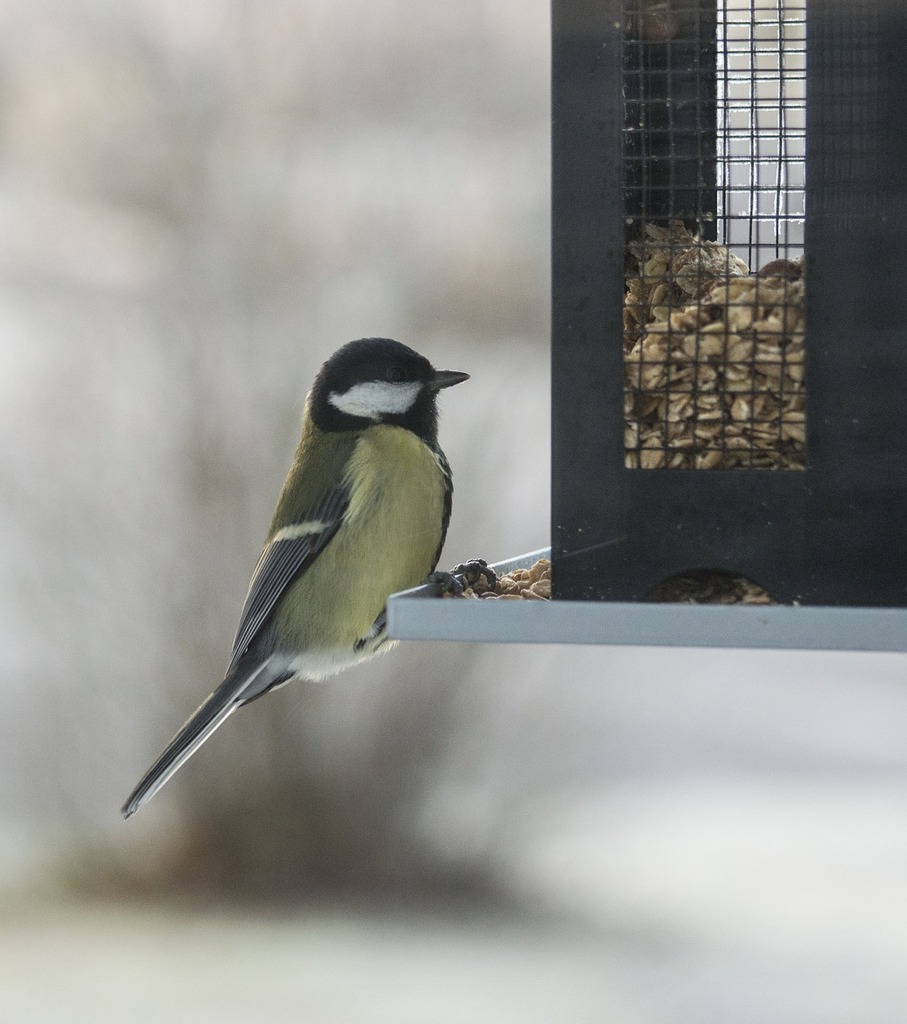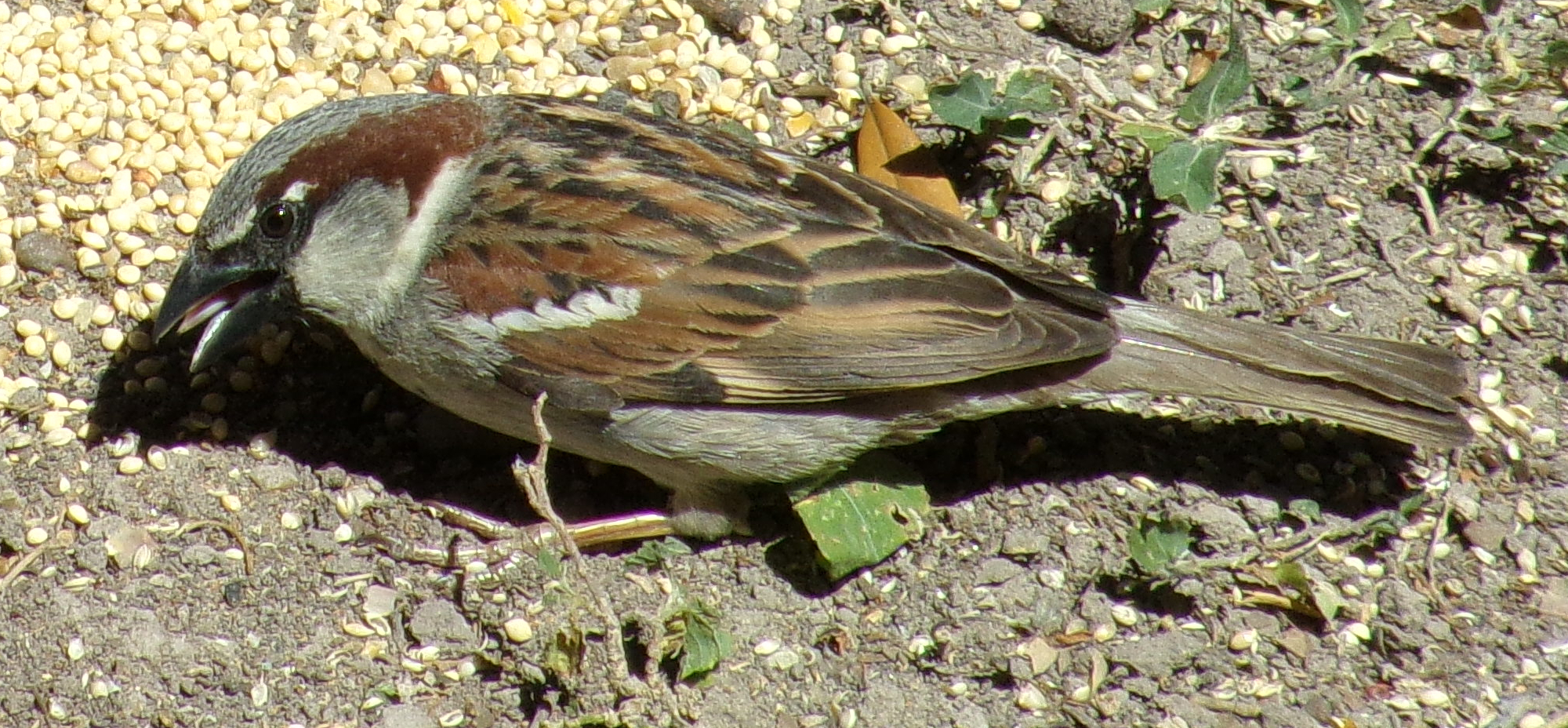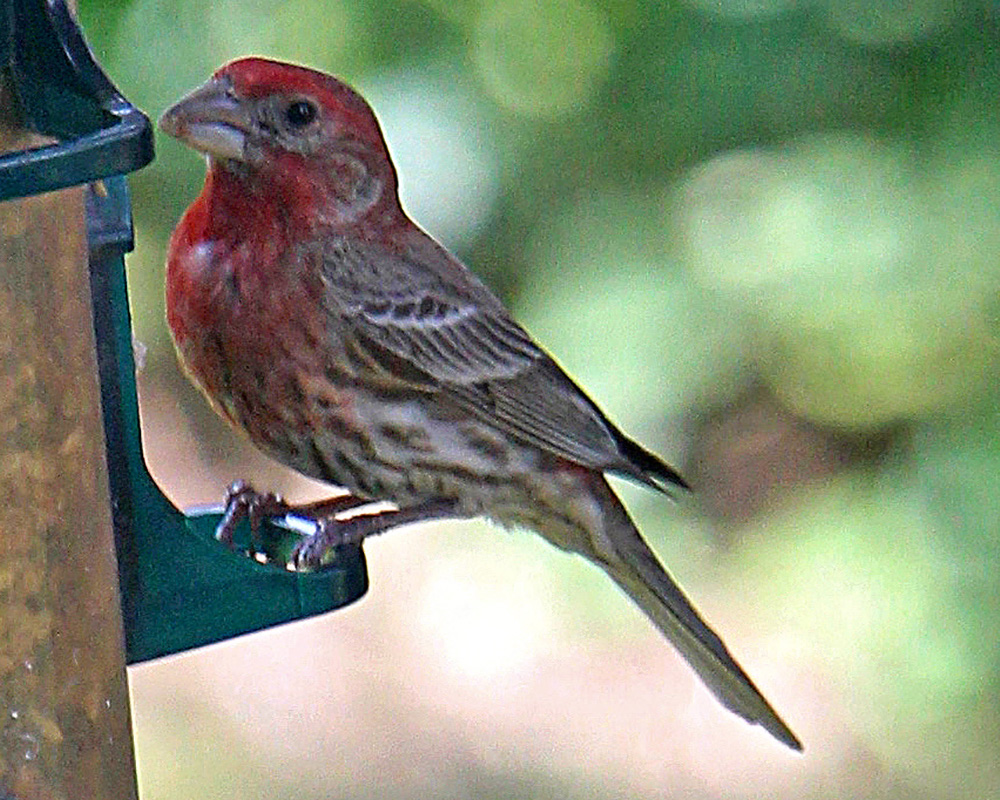Introduction

Bird seed is a popular choice for attracting and nourishing birds in gardens and outdoor spaces. However, over time, bird seed can become stale, lose its nutritional value, or develop mold or pests, making it unsuitable for birds to consume. In this article, we will explore the definition of old bird seed and provide an overview of the different types available.
Definition of “Old Bird Seed”
Old bird seed refers to birdseed that has surpassed its expiration date or has been stored improperly, leading to a decline in quality and freshness. As bird seed ages, it can become less appealing and nutritious to birds, potentially impacting their health. Improper storage conditions, such as exposure to moisture or pests, can further degrade the quality of bird seed.
Overview of Different Bird Seed Types

Bird seed comes in various types and blends, catering to specific bird species and their dietary preferences. Common types include:
-
Sunflower Seeds: Rich in protein and fat, sunflower seeds are a favorite among many bird species like cardinals, finches, chickadees, and woodpeckers.
-
Millet: Appealing to ground-feeding birds such as sparrows and finches, millet provides carbohydrates and essential minerals.
-
Cracked Corn: Popular among larger birds like crows, jays, and doves, cracked corn is a good source of energy due to its high carbohydrate content.
-
Safflower Seeds: Deterrent to squirrels but attractive to cardinals, finches, and chickadees, safflower seeds are rich in protein and fat.
-
Nyjer Seeds (Thistle Seeds): Highly sought after by finches, siskins, and small songbirds, nyjer seeds offer a high oil content, providing energy during colder months.
-
Peanuts: A favorite of jays, woodpeckers, and nuthatches, peanuts are rich in protein and healthy fats.
Understanding the different types of bird seed allows you to tailor your bird feeding efforts to attract specific species based on their dietary preferences.
Reasons to Reuse Old Bird Seed

Reusing old bird seed offers cost-effectiveness and has a positive ecological impact.
Cost-effectiveness
Reusing old bird seed saves money, especially for those with a high volume of bird activity or multiple bird species. Instead of constantly buying new seed, you can make the most of what you already have. This ensures a steady supply of food for the birds without straining your budget.
Ecological Impact

Reusing old bird seed reduces waste and its environmental consequences. Discarded bird seed often ends up in landfills, contributing to pollution and greenhouse gas emissions. By reusing old bird seed, you give it a new purpose, minimizing waste and promoting environmental stewardship. This approach helps conserve natural resources and reduces the ecological footprint associated with the production and distribution of new bird seed.
By considering these reasons, you can make an informed decision on how to handle your old bird seed, ensuring a win-win situation for your wallet and the planet.
Next, we will explore how to determine if bird seed is still good, providing useful tips to assess its quality and suitability for reuse.
3. How to Determine the Quality of Bird Seed

When assessing the quality of bird seed, there are three key factors to consider: color, smell, and texture. These indicators will help you determine whether the bird seed is still suitable for feeding wild birds.
a. Color

Fresh bird seed boasts vibrant colors, reflecting the natural hues of the seeds and grains. You’ll find a spectrum of deep browns, blacks, and vibrant yellows, reds, and greens. The color of the bird seed provides valuable insights into its freshness and nutritional value.
Faded or dull colors indicate that the bird seed is past its prime and less nutritious. Exposure to light and air over time can cause the pigments in the seeds to degrade, resulting in a loss of color intensity. While faded color alone may not render the bird seed completely unusable, it signifies a diminished nutritional value.
Additionally, mold or fungal growth on the seeds can cause discoloration, serving as a clear sign that the bird seed is no longer suitable for use. If you notice any patches of mold or unusual discoloration, it’s best to discard the bird seed to prevent birds from consuming potentially harmful substances.
b. Smell
Fresh bird seed should emit a mild, earthy scent. When you open a bag of high-quality bird seed, you may detect a pleasant aroma that reflects the natural oils and flavors of the seeds. The smell can vary depending on the specific types of seeds and grains included in the mix.
On the other hand, a rancid or foul odor suggests that the bird seed has gone bad and should not be fed to birds. Rancidity can occur when the bird seed is exposed to air, heat, or moisture for extended periods. It compromises the nutritional value of the seed and may even be harmful to birds if consumed.
Similarly, an unpleasant musty or moldy odor indicates spoilage caused by mold or bacterial growth. In such cases, it’s important to discard the bird seed immediately to prevent birds from ingesting potentially toxic substances.
c. Texture
The texture of bird seed offers valuable insights into its quality and freshness. Ideally, the seeds should be dry and free-flowing, easily separable from one another. Examining the texture helps you identify any signs of moisture absorption, clumping, or contamination.
Clumping or sticking together of the seeds indicates moisture absorption, which can lead to mold growth. Moisture compromises the nutritional value of the bird seed and creates an environment conducive to the growth of bacteria and fungi. It’s important to note that mold growth may not always be visible, so checking the texture helps you detect potential issues.
Insects or pests may also infest the bird seed, resulting in clumping or the presence of webbing. If you notice any signs of infestation, such as webbing or live insects, it’s crucial to discard the bird seed to prevent further contamination or potential harm to birds.
By regularly inspecting bird seed for signs of spoilage, you ensure that you provide birds with fresh, nutritious food while avoiding potential health risks. Remember, bird seed quality deteriorates over time, even under ideal storage conditions. Factors like heat, humidity, pests, and air can accelerate the degradation process. By paying attention to color, smell, and texture, you can make an informed decision about the usability of your old bird seed.
Continue to Section 4: Ways to Reuse Old Bird Seed
4. Creative Ways to Reuse Old Bird Seed

a. Donate to a Local Bird Sanctuary
Donating your old bird seed is a wonderful way to repurpose it while benefiting feathered residents. Many bird sanctuaries and wildlife rehabilitation centers gladly accept these donations. Here’s how you can donate your old bird seed:
-
Research local bird sanctuaries: Find bird sanctuaries or wildlife organizations in your area that accept bird seed donations. Reach out to them directly to inquire about their donation policies.
-
Check acceptability: Ensure your old bird seed meets their criteria, such as being free from contaminants or additives.
-
Contact the sanctuary: Reach out to the bird sanctuary or wildlife organization through their preferred communication method. Inform them about your intention to donate and inquire about the best way to proceed.
-
Arrange drop-off or pick-up: Follow the sanctuary’s guidelines for dropping off the bird seed or arrange for them to pick it up.
By donating your old bird seed to a local sanctuary, you contribute to the well-being of birds in need while reducing waste and promoting conservation efforts.
b. Create Homemade Bird Feeders

Repurposing old bird seed to make homemade bird feeders is a fun and engaging way to provide birds with an additional food source. Here’s how you can make your own bird feeders:
-
Gather materials: Collect old bird seed, a binder (such as peanut butter or suet), bird feeder molds or shapes (e.g., cookie cutters), string or twine, and a mixing bowl.
-
Create the feeder mixture: In a mixing bowl, combine the old bird seed with the binder of your choice. Mix until they form a dough-like consistency. Adjust the ratio of bird seed to binder as needed.
-
Shape the feeders: Press the mixture into bird feeder molds or shapes. Alternatively, shape the mixture into balls or logs using your hands. Leave a small hole or loop at the top of each feeder for attaching the string or twine.
-
Allow the feeders to set: Place the shaped bird feeders in the refrigerator until firm and hold their shape.
-
Hang the feeders: Thread string or twine through the holes or loops at the top of each feeder. Hang them in your garden, backyard, or other suitable locations.
By making homemade bird feeders with your old bird seed, you provide nourishment for birds and engage in a rewarding DIY project that can be enjoyed by the whole family.
c. Use as Garden Mulch
Another practical way to reuse old bird seed is by using it as mulch in your garden. This method enriches the soil and provides benefits for your plants. Here’s how to utilize your old bird seed as garden mulch:
-
Prepare the area: Choose the areas in your garden where you want to apply the bird seed mulch. Ensure the soil is free from weeds and debris.
-
Spread a layer of bird seed: Evenly distribute a layer of old bird seed around your plants and flowerbeds. Aim for a thickness of about half an inch to an inch.
-
Retain moisture and suppress weeds: As the bird seed mulch settles, it retains moisture in the soil and acts as a natural weed suppressant.
-
Natural decomposition and fertilization: Over time, the bird seed decomposes and contributes nutrients to the soil, acting as a natural fertilizer.
Note: Using bird seed as mulch may attract unwanted wildlife. Consider using it in areas where these animals are less likely to cause significant disturbances.
By repurposing your old bird seed as garden mulch, you promote soil health, reduce waste, and potentially enhance the growth of your plants.
Incorporating these three options—donating to a local bird sanctuary, making homemade bird feeders, and using it as garden mulch—allows you to give new life to your old bird seed while benefiting birds, engaging in creative projects, and promoting sustainability.
Conclusion

In conclusion, reusing old bird seed offers numerous benefits for both bird enthusiasts and the environment. By summarizing the advantages of this practice and sharing final thoughts, we can underscore the value of repurposing bird seed and encourage readers to adopt this eco-friendly approach.
Benefits of Reusing Old Bird Seed

Reusing old bird seed presents several compelling advantages:
-
Cost-effectiveness: By reusing old bird seed, individuals can save money by eliminating the need to purchase new seed regularly. This practice is particularly beneficial for those who frequently feed birds and want to maintain a budget-friendly approach.
-
Environmental sustainability: Embracing the reuse of bird seed contributes to a more sustainable environment. By reducing waste, we minimize the resources consumed in the production, packaging, and transportation of new bird seed. This small but meaningful step aligns with the broader goal of promoting eco-conscious habits.
-
Feeding birds: Even if bird seed has aged, it can still provide nutrition for birds. Reusing old bird seed ensures that our feathered friends have a reliable food source, especially when fresh seed is not readily available. This practice supports bird populations and nurtures a healthier ecosystem.
-
Attracting diverse bird species: Reusing old bird seed can help diversify the avian visitors to our outdoor spaces. By providing a broad range of seed options, we create an inviting environment that attracts a greater variety of birds, enriching our bird-watching experiences.
-
Educational opportunities: Observing birds and their behavior around reused bird seed presents educational opportunities for bird enthusiasts of all ages. By offering a food source, we engage in close observations, learning about different bird species, their feeding habits, and interactions. These educational moments foster a deeper appreciation for nature and a desire to protect our feathered companions.
Final Thoughts

Reusing old bird seed is a practical and eco-friendly solution that benefits both birds and bird enthusiasts. It allows for cost savings while providing essential nutrition for our avian friends. Moreover, the diversity of bird species it attracts enhances the joy and excitement of bird-watching.
By embracing this practice, we actively contribute to waste reduction and environmental sustainability. Through responsible storage and periodic freshness monitoring, we ensure the effectiveness and safety of reused bird seed.
In our efforts to promote a greener future, reusing old bird seed may seem like a small action. However, every step towards reducing waste and fostering sustainable practices counts. By implementing this simple yet impactful change, we can create a ripple effect that encourages others to adopt eco-friendly habits.
So, the next time you find yourself with leftover or aging bird seed, consider repurposing it rather than discarding it. Your actions can make a difference, both for the birds and for the world we share. Let’s embrace the benefits of reusing old bird seed and embark on a sustainable journey that celebrates the beauty of nature and its winged inhabitants.
Frequently Asked Questions
FAQ
Q1: Can old bird seed be harmful to birds?
A1: Old bird seed can be harmful to birds if it has gone bad or is contaminated. Rancid or moldy bird seed can compromise the nutritional value and may contain toxins that are harmful to birds. It’s important to assess the quality of old bird seed by considering factors like color, smell, and texture before feeding it to birds.
Q2: How long does bird seed last before it becomes old?

A2: The shelf life of bird seed varies depending on factors such as storage conditions and the type of seed. Generally, bird seed can last for several months to a year if stored properly in a cool, dry place. However, it’s important to regularly check for signs of deterioration, such as mold or pests, and assess the quality before using old bird seed.
Q3: Can I mix old bird seed with fresh seed?

A3: Mixing old bird seed with fresh seed is generally acceptable as long as the old seed is still in good condition. However, it’s important to assess the quality of the old seed to ensure it doesn’t contaminate the fresh seed. Avoid mixing if the old seed is moldy, rancid, or infested with pests.
Q4: Can I compost old bird seed?
A4: In most cases, it is safe to compost old bird seed. However, it’s important to consider the type of seed and any additives it may contain. Avoid composting bird seed that has additives like pesticides or preservatives, as they can be harmful to plants and the environment. If in doubt, it’s best to consult local composting guidelines or contact your local waste management facility for advice.
Q5: Are there any alternatives to reusing old bird seed?
A5: If you’re unable to reuse old bird seed, there are alternative ways to dispose of it responsibly. You can donate the seed to local bird sanctu

Leave a Reply